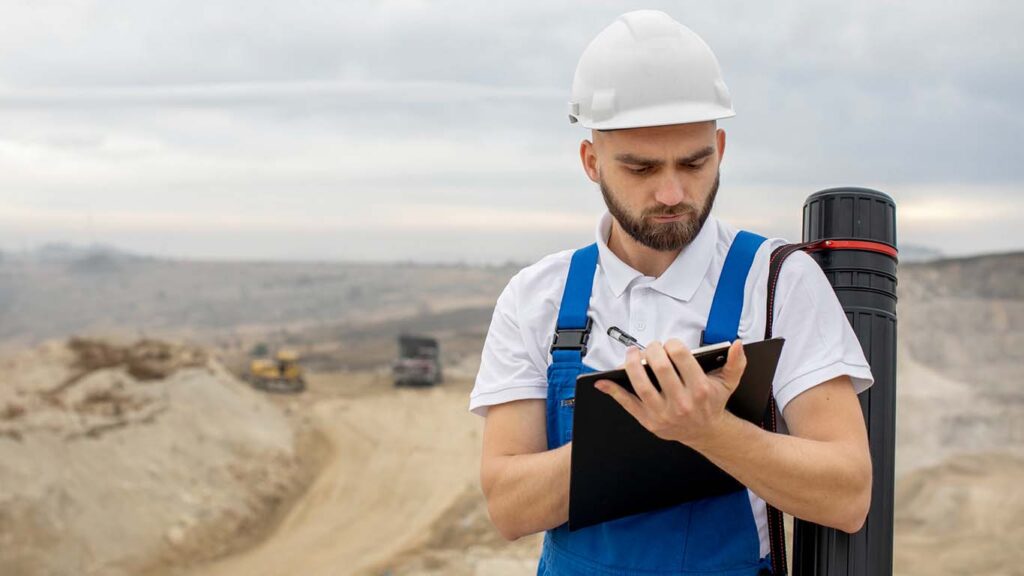The role of haulage is crucial in the efficiency of mining. When you’re doing it right, the process will run more smoothly, quicker and with less risk. If you do it wrong, you’ll be facing delay, more fuel costs as well as stressed out crews.
Selecting the best continuous haulage system configuration doesn’t mean picking the largest truck or most recent technology. It’s about adjusting equipment with the mining’s terrain, the load requirements and budget, without over complicating the process.
If you’re working with underground or open pit mining, the process requires more than just guesswork. This article will help you narrow the options down and then make a shrewd selection.
Mine Type And Terrain
First, you must consider the plan of your property. Open pit mines require different haulage equipment than underground installations. If the site is steep or swampy, you’ll require trucks that are able to withstand the terrain and engines that do not whine at each rise.
Are you turning in tight turns? Consider smaller machines or rails if the space is constrained. Flat terrain on the other hand, could be able to handle larger trucks and faster speeds.
Remember to consider weather conditions. Rain or snow can alter the way tires grip, and the speed with which brakes work. If your mine extends over long distances, then you may consider comparing trucks with conveyor belts.
Production Volume Needs
The daily output goals you set determine your choices for hauling. If you’re pulling heavy volumes, it’s best to use high-capacity haulers, and maybe some combination of types to keep your schedule on track.
Smaller sites will not get the benefit from huge trucks; they’ll use more fuel and block the road for hauling. The ability to match haulage capacity with production capacity will prevent congestion and lengthy inactivity times.
Look at how frequently the product needs to be moved. Fast turnaround times and short cycles require fewer and faster trucks. Longer hauls might need fewer but bigger trucks.
Fuel Use And Costs
Fuel consumes a large portion of the budget for haulage solutions. Certain trucks drink fuel; some consume it in a gulp. Hybrid and electric models are gradually entering the mining industry. However, diesel is still the most popular choice for mining sites. If your mine is difficult climbs or roads that are rough anticipate higher consumption of fuel.
However, don’t stop there. Check the frequency of your equipment’s maintenance. An inexpensive truck that fails to break down is often more expensive over the long term as compared to a diesel-powered model that is running well.
Maintenance downtime adds up. Look at expenses for drivers. Does one driver have the capacity to manage multiple trucks that have semi-autonomous systems? In some cases, spending more upfront can save the company money over time.
Safety And Crew Comfort
It’s not just about moving tons of stuff, but about people as well. Pick a truck that has high visibility, powerful brakes, and stable control. Noise-producing engines and noisy cabins make your employees quick, particularly during lengthy shifts.
If you have a business that is open 24 hours a day, you should consider hiring transport systems that can help reduce the fatigue of drivers. This could mean more efficient suspension, or driver assistance technology to aid in the control of lanes and warnings about collisions.
Be sure to check out how easy it is for mechanics to reach components. The design that is easy to repair means less delays, and happier teams. The use of safe equipment helps keep your staff fit and running.
Wrap-Up
Selecting the ideal mining haulage option doesn’t need to be a daunting task. Begin by assessing the layout of your mine and goals for production. Next, you should consider fuel usage along with safety, as well as long-term flexibility.
Avoid chasing buzzwords or over-promises with technologies. Focus on what you can use within your everyday routine. Discuss with your staff and test your equipment whenever you are able and look at the real cost beyond the price tag.
The most effective solution won’t be most flashy, but it’s one that helps keep your operation running smoothly as well as safe. It’s the one that keeps you in line every shift.


